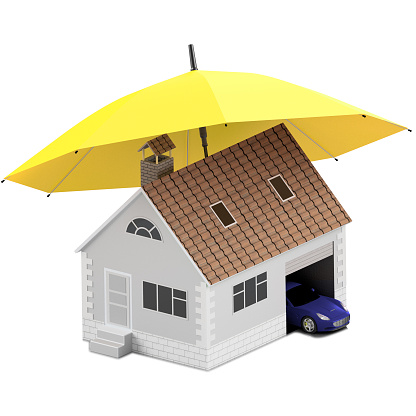Private mortgage insurance, or PMI, is a type of insurance that homebuyers are required to purchase if they are not able to put down at least 20 percent of the price of the home. This insurance protects the lender in case the borrower defaults on the loan.
PMI is typically paid monthly along with the mortgage payment, and the amount will vary based on the size of the down payment, the loan amount, and the borrower’s credit score.
For borrowers with a down payment of less than 20 percent, private mortgage insurance is required on both conventional and government-backed loans. However, there are a few exceptions. Some government-backed loans, such as those insured by the Federal Housing Administration (FHA), do not require PMI.
Borrowers who are able to put down at least 20 percent of the purchase price of the home can avoid paying PMI. In addition, borrowers who have a conventional loan can request that the lender cancel PMI when the loan-to-value ratio reaches 80 percent. Borrowers with government-backed loans, such as FHA loans, can request that PMI be canceled when the loan-to-value ratio reaches 78 percent.
It is important to note that private mortgage insurance does not protect the borrower; it only protects the lender. For this reason, some borrowers choose to forego PMI even if it means having to make a higher monthly payment.
Alternatives to PMI
While PMI can be a helpful tool for making home ownership more affordable, there are some alternatives to PMI that homeowners should be aware of.
One alternative to PMI is a piggyback loan. A piggyback loan is a second mortgage that is taken out at the same time as the first mortgage. The borrower uses the second mortgage to pay for part of the down payment, which helps to avoid the need for PMI.
Another alternative to PMI is a lender-paid mortgage insurance (LPMI) policy. With an LPMI policy, the lender pays for the mortgage insurance, and the borrower pays a higher interest rate on the loan.
Finally, some borrowers may be able to get rid of PMI by refinancing their mortgage. If the value of the home has increased, the borrower may be able to get a new loan that does not require PMI.
These are just a few of the alternatives to private mortgage insurance that homeowners should be aware of. Talk to your lender or financial advisor to learn more about these and other options.
Eliminating PMI
The good news is that once you’ve built up enough equity in your home (usually 20 percent), you can request that your lender eliminate PMI from your mortgage.
Here’s how to do it:
- First, check with your lender to see if you’re eligible for PMI removal. There may be certain requirements that you need to meet, such as being current on your payments and having a good payment history.
- Once you’ve determined that you’re eligible, you’ll need to request PMI removal in writing. Be sure to include your name, address, and account number, as well as a statement indicating that you believe you’ve built enough equity to cancel PMI.
- Your lender will then evaluate your home’s value and confirm that you do indeed have enough equity to cancel PMI. If so, they’ll send you a notice indicating that PMI has been canceled and you’ll no longer be required to pay it.


